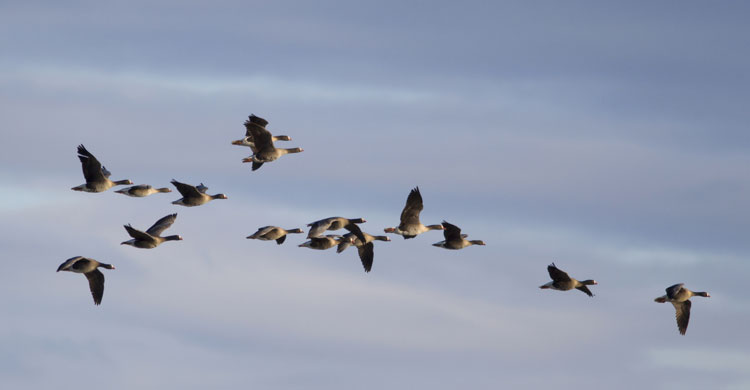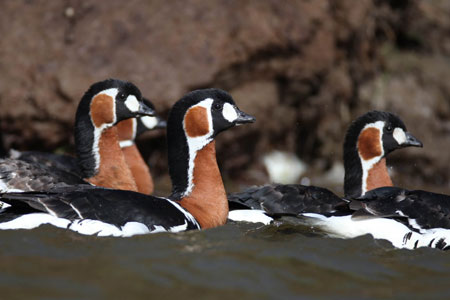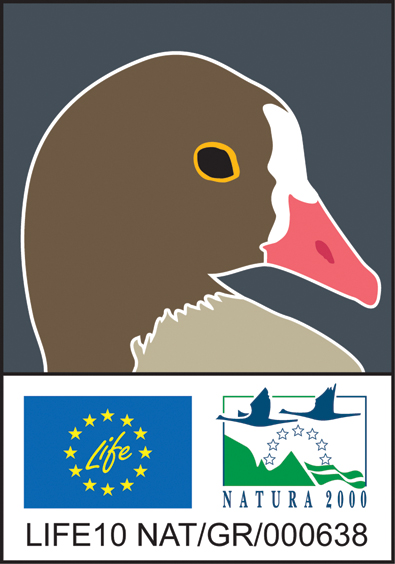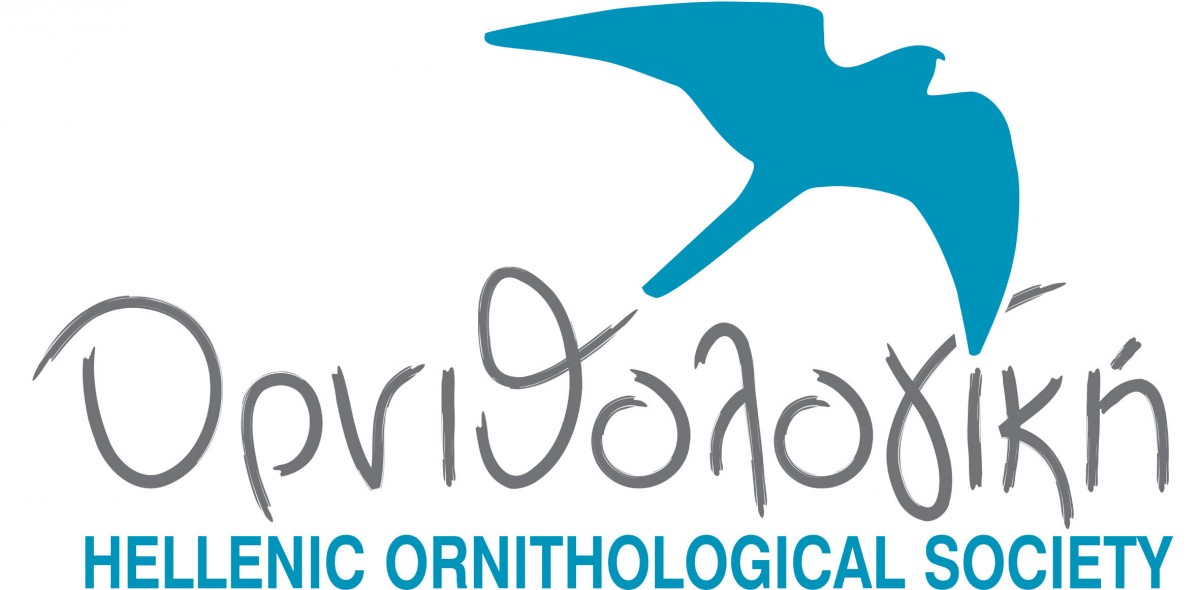Conservation of Globally Threatened Geese under AEWA

Lesser White-fronted Geese (Anser erythropus) © Tomas Aarvak
Bonn, 12 November 2015 - At a side event, the Hellenic Ornithological Society (HOS), the Wildfowl and Wetlands Trust (WWT) and the UNEP/AEWA Secretariat presented results of their conservation work for the Lesser White-fronted Goose and the Red-breasted Goose.
To ensure their survival, both species have been the focus of EU LIFE+ projects in selected countries, and International Single Species Action Plans have been adopted by the AEWA Parties and AEWA International Species Working Groups have been established to coordinate conservation actions across their flyways.
The Red-breasted Goose population - currently estimated at 50,000 birds - faces threats from illegal hunting, disturbance, wind farms and loss of feeding habitats. The Wildfowl & Wetlands Trust explained the project activities designed to ensure that the birds are safe in their European wintering grounds. Grazing experiments and analysis, the introduction of agri-environment schemes, satellite tracking and roost counts have contributed to securing feeding areas and to making roosting sites safer. Awareness-raising to reduce hunting and competition with fishermen has helped to allow people and Red-breasted Geese to co-exist. Education programmes run in local schools also targeted the younger generation. A project highlight in the community, which is set to continue, is the establishment of an annual Red-breasted Goose kite festival.

The Hellenic Ornithological Society invited the audience to participate actively by correctly identifying Lesser White-fronted Geese and prizes were distributed to successful participants. A game developed by the project comprised of an obstacle course illustrated dangers and opportunities during the migration of the species.
The current population estimate for Lesser White-fronted Geese is around 30,000 individuals and the species is listed as Vulnerable by the IUCN. Conservation efforts implemented by the project focus on the small Fennoscandian population breeding in Northern Norway and Finland, which migrates through Hungary to its wintering grounds in Greece. The current EU LIFE+ project, commenced in 2011 as a response to the severe decline of the population to less than 50 birds. The AEWA Secretariat is one of the project partners, providing the link between conservation action in Europe and the rest of the range states to the species.
Illegal killing and accidental shooting due to the species’ great resemblance to the Greater White-fronted Goose, habitat loss and degradation are the key threats. A Lesser White-fronted Goose monitoring network has been established to increase our knowledge of the species. Training for hunters, monitoring, vegetation management and patrolling also help address these threats complemented by national radio and TV campaigns for safer wetlands. The message is: join the conservation network!
 |
 |
 |
Last updated on 16 December 2015


